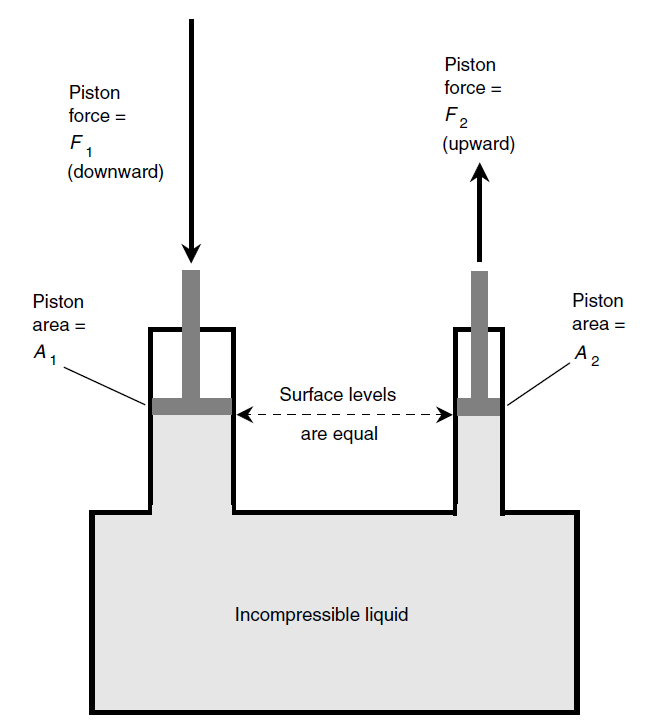
تاريخ الفيزياء

علماء الفيزياء


الفيزياء الكلاسيكية

الميكانيك

الديناميكا الحرارية


الكهربائية والمغناطيسية

الكهربائية

المغناطيسية

الكهرومغناطيسية


علم البصريات

تاريخ علم البصريات

الضوء

مواضيع عامة في علم البصريات

الصوت


الفيزياء الحديثة


النظرية النسبية

النظرية النسبية الخاصة

النظرية النسبية العامة

مواضيع عامة في النظرية النسبية

ميكانيكا الكم

الفيزياء الذرية

الفيزياء الجزيئية


الفيزياء النووية

مواضيع عامة في الفيزياء النووية

النشاط الاشعاعي


فيزياء الحالة الصلبة

الموصلات

أشباه الموصلات

العوازل

مواضيع عامة في الفيزياء الصلبة

فيزياء الجوامد


الليزر

أنواع الليزر

بعض تطبيقات الليزر

مواضيع عامة في الليزر


علم الفلك

تاريخ وعلماء علم الفلك

الثقوب السوداء


المجموعة الشمسية

الشمس

كوكب عطارد

كوكب الزهرة

كوكب الأرض

كوكب المريخ

كوكب المشتري

كوكب زحل

كوكب أورانوس

كوكب نبتون

كوكب بلوتو

القمر

كواكب ومواضيع اخرى

مواضيع عامة في علم الفلك

النجوم

البلازما

الألكترونيات

خواص المادة


الطاقة البديلة

الطاقة الشمسية

مواضيع عامة في الطاقة البديلة

المد والجزر

فيزياء الجسيمات


الفيزياء والعلوم الأخرى

الفيزياء الكيميائية

الفيزياء الرياضية

الفيزياء الحيوية

الفيزياء العامة


مواضيع عامة في الفيزياء

تجارب فيزيائية

مصطلحات وتعاريف فيزيائية

وحدات القياس الفيزيائية

طرائف الفيزياء

مواضيع اخرى
PASCAL’S LAW FOR INCOMPRESSIBLE LIQUIDS
المؤلف:
S. Gibilisco
المصدر:
Physics Demystified
الجزء والصفحة:
p 256
20-9-2020
2612
PASCAL’S LAW FOR INCOMPRESSIBLE LIQUIDS
Imagine a watertight, rigid container. Suppose that there are two pipes of unequal diameters running upward out of this container. Imagine that you fill the container with an incompressible liquid such as water so that the container is completely full and the water rises partway up into the pipes. Suppose that you place pistons in the pipes so that they make perfect water seals, and then you leave the pistons to rest on the water surface (Fig. 1).
Because the pipes have unequal diameters, the surface areas of the pistons are different. One of the pistons has area A1 (in meters squared), and the other has area A2. Suppose that you push downward on piston number 1 (the one whose area is A1) with a force F1 (in newtons). How much upward force F2 is produced at piston number 2 (the one whose area is A2)? Pascal’s law provides the answer: The forces are directly proportional to the areas of the piston faces in terms of their contact with the liquid. In the example shown by Fig. 1, piston number 2 is smaller than piston number 1, so the force F2 is proportionately less than the force F1. Mathematically, the following equations both hold:

Fig. 1. Pascal’s law for confined, incompressible liquids. The forces are directly proportional to the areas of the pistons.
F1/F2 = A1/A2
A1F2 = A2F1
When using either of these equations, we must be consistent with units throughout the calculations. In addition, the top equation is meaningful only as long as the force exerted is nonzero.
 الاكثر قراءة في خواص المادة
الاكثر قراءة في خواص المادة
 اخر الاخبار
اخر الاخبار
اخبار العتبة العباسية المقدسة

الآخبار الصحية















 قسم الشؤون الفكرية يصدر كتاباً يوثق تاريخ السدانة في العتبة العباسية المقدسة
قسم الشؤون الفكرية يصدر كتاباً يوثق تاريخ السدانة في العتبة العباسية المقدسة "المهمة".. إصدار قصصي يوثّق القصص الفائزة في مسابقة فتوى الدفاع المقدسة للقصة القصيرة
"المهمة".. إصدار قصصي يوثّق القصص الفائزة في مسابقة فتوى الدفاع المقدسة للقصة القصيرة (نوافذ).. إصدار أدبي يوثق القصص الفائزة في مسابقة الإمام العسكري (عليه السلام)
(نوافذ).. إصدار أدبي يوثق القصص الفائزة في مسابقة الإمام العسكري (عليه السلام)


















